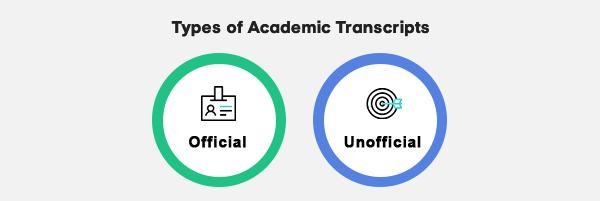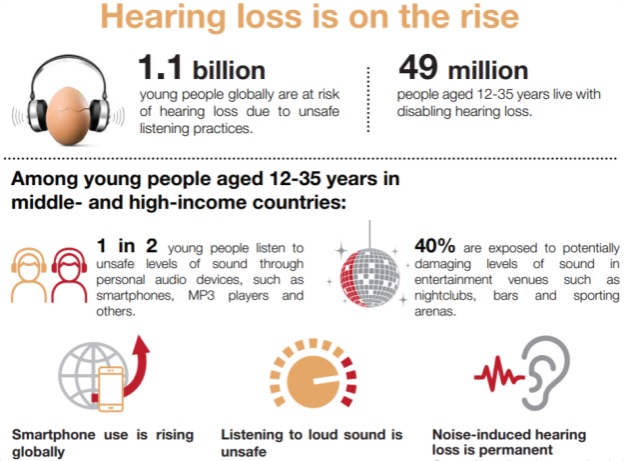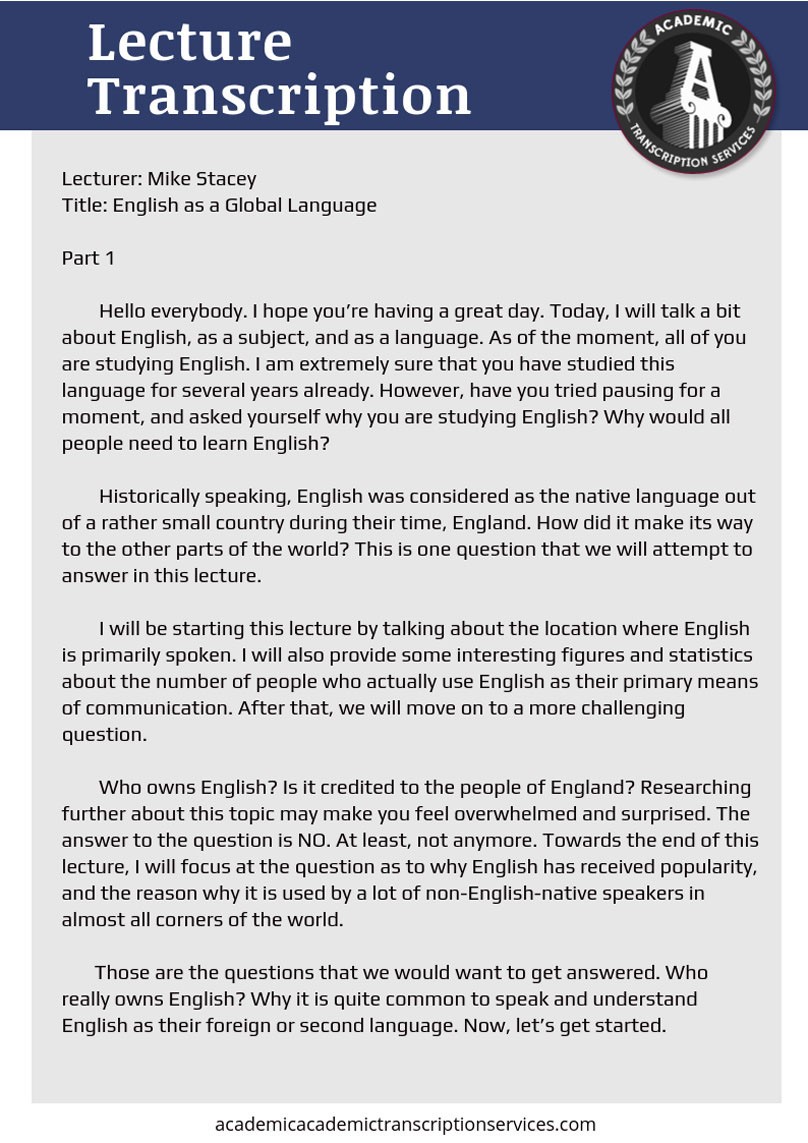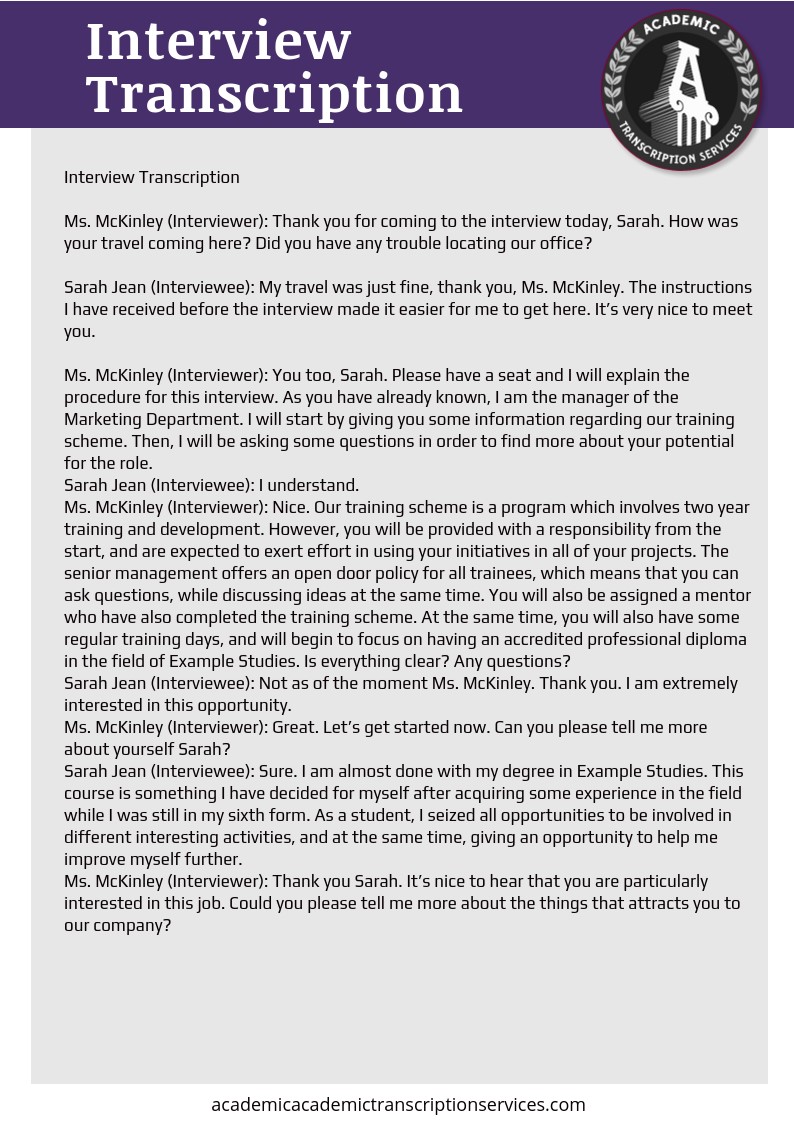Academic Transcription: How It Can Increase Accessibility And Benefit Everyone
7th April 2023

Research reveals that the majority of students with learning disabilities do not prefer to disclose their disabilities.
There can be several reasons for it and hence, it is critical for academic institutions to offer solutions to accommodate all such learners proactively. Assistive technologies like transcription and captioning are easy resources incorporating which can offer support to such students. Even tools like academic transcription prove to be valuable for administrators and it makes it easier for them to maintain and organize their records.
What Is An Academic Transcription?
Academic transcription refers to the process of converting spoken language into written text in an academic setting. To put it simply, it is the act of transcribing educational lessons, lectures, team projects, and other materials relevant to education. The goal of academic transcription is to create an accurate record of lectures, speeches, interviews, or any other spoken material.

The transcription process requires a transcriber to listen to an audio or video recording and then transcribe the spoken words into a written format. The resulting transcript can then be used for various academic purposes such as research, note-taking, and archiving.
Transcription Basics for Educators and Students
A transcription is a valuable tool for both educators and students, particularly for those who have difficulty with note-taking or comprehension of spoken language. Transcription can also be useful for individuals who are hard of hearing or have auditory processing difficulties.

To begin the transcription process:
- A good audio or video recording is essential.
- The audio quality should be clear and free of background noise or interference.
- A high-quality microphone can help ensure that the audio quality is sufficient.
Once a good audio or video recording is obtained, the transcription process can begin. The first step is to listen to the audio or video recording and transcribe the spoken words into a written format. This can be done manually, by listening to the recording and typing the words into a word processor, or through the use of automated transcription software. Automated transcription software uses speech recognition technology to transcribe spoken words into text automatically. While this method can be faster, carefully review and edit the transcript to ensure accuracy.
Accuracy is one of the most vital aspects of academic transcription. Transcribers must ensure that the transcript reflects the spoken words accurately and completely. This includes the use of proper punctuation, spelling, and grammar. Additionally, transcribers must be aware of any jargon or technical terminology used in the spoken material and ensure that it is transcribed correctly.
Use of Academic Transcription
Here are some of the most common uses for academic transcription:
- Academic Audio Transcription

Source: behance.net Academic transcription can be used in a variety of ways within the academic setting. One common use is for note-taking. Many students find it difficult to take accurate and complete notes during lectures, particularly if the lecture is fast-paced or contains complex information.
By using transcription, students can ensure that they have a complete record of the lecture, which they can review at their own pace and use to supplement their notes.
- Academic Research Transcription
Transcription can also be used for research purposes. For example, a researcher may conduct an interview with a subject and then transcribe the interview to use as data for analysis. Transcription can also be used to archive important speeches or lectures for future reference.
- Academic Interview Transcription

Source: behance.net In addition to its use within the academic setting, transcription is also used in various other fields. For example, interview transcription is a great way to document information from one-on-one interviews. This transcription style is to support admission counselors, HR professionals, academic advisors, and more.
Transcribing the college admission process or job interviews can make it easier for students to take references and incorporate them into a final product.
Why Is Academic Transcription Important?
Here are some of the reasons why effective academic transcriptions are critical:
- Enhanced Accessibility
Transcribed lectures can be valuable for hearing-impaired students as they can learn the course more comfortably just like their peers. Doing this will help them banish their insecurities and make them feel valued.
Additionally, differently abled students might also get an advantage from transcribed lectures as students who find it challenging to organize information or listen might find it convenient to access information from a text version.
- Detailed Lesson Plans
When you are trying to transcribe a session, you first need to record the audio properly to organize notes. Later on, this audio can be transcribed to structure your lessons more perfectly. Transcriptions of academic audio can enable students to visualize information taught in the class.
Thus, if you record and transcribe your lectures, it will save you time and energy, and you can plan everything by using the same recordings for your course the next year.
- Make Learning Better
Having a written version of the lecture allows students to go through the material and utilize the reference during their exams. This can also assist students to perform better in their exams and score good marks.
Furthermore, teachers can also make use of such lecture transcripts as great reference material for their future. These materials can also be shared with the students who might have missed their lectures or do poorly in their studies.
- Streamlined Research Process
Professional academic transcriptions can be used as a medium for professional research. Rather than taking notes during the sessions, students can be allowed to use a certain device to record the sessions. This will save them all the trouble and the audio can be transcribed accurately for later use.
Additionally, these transcriptions can be reliable in similar contexts like executing research interviews, group discussions, researching information for a dissertation, etc.
Facilitate A New Way Of Learning
Academic transcriptions have transformed how educators communicate with their learners. Furthermore, it has also changed the way teachers conduct their classes and students learn in those sessions. Thus, to receive accurate transcription materials, it is recommended to hire a professional who at least has a Diploma in Educational Administration and Management or go for a professional transcription company that offers high-quality solutions.
Written By: Rimpa Ghosh